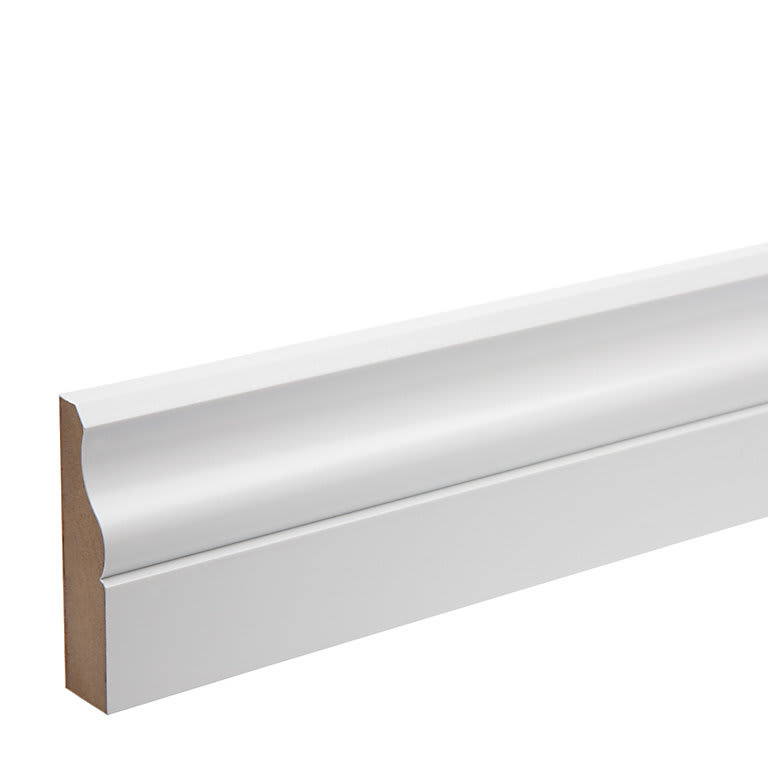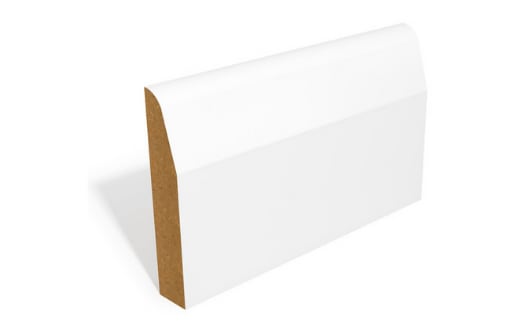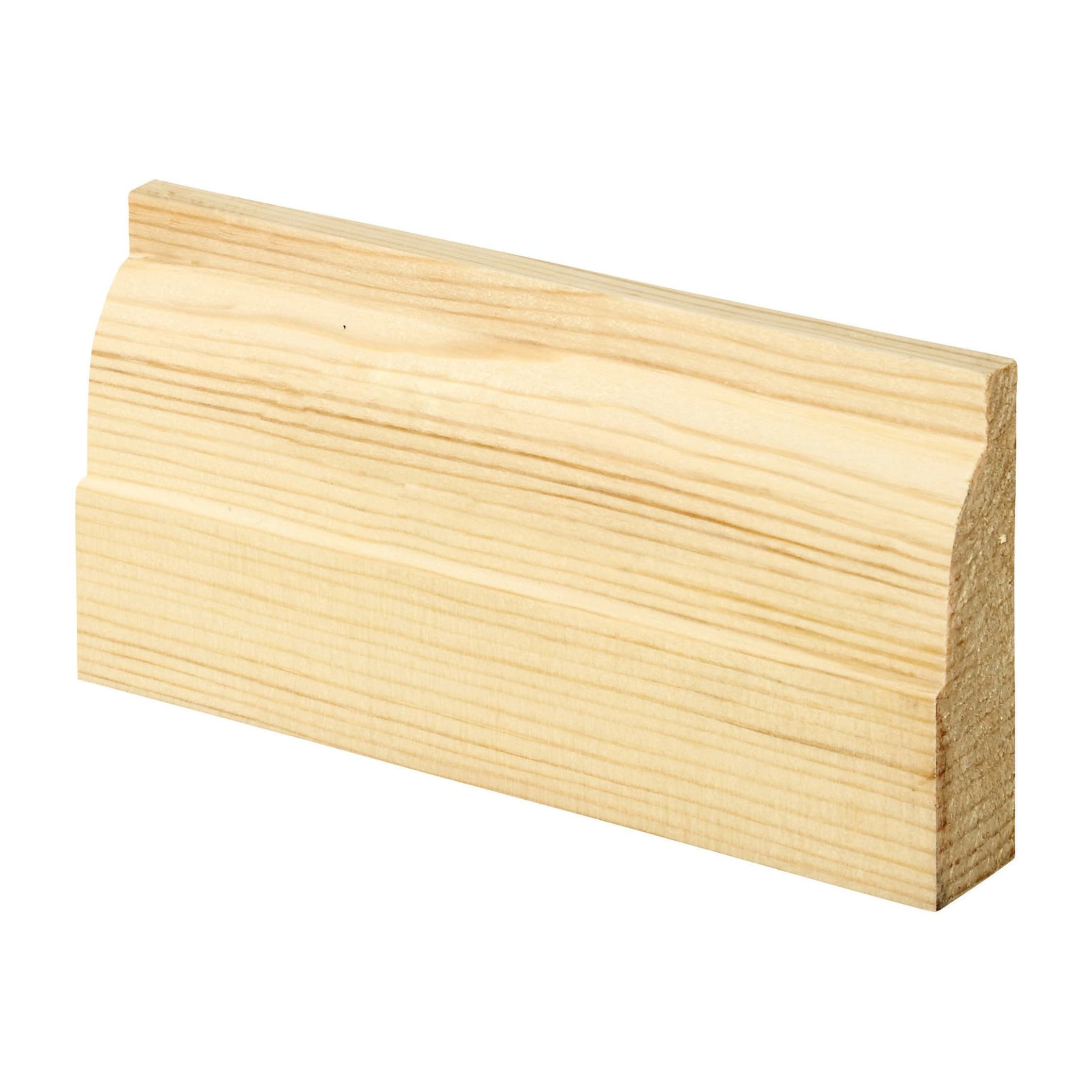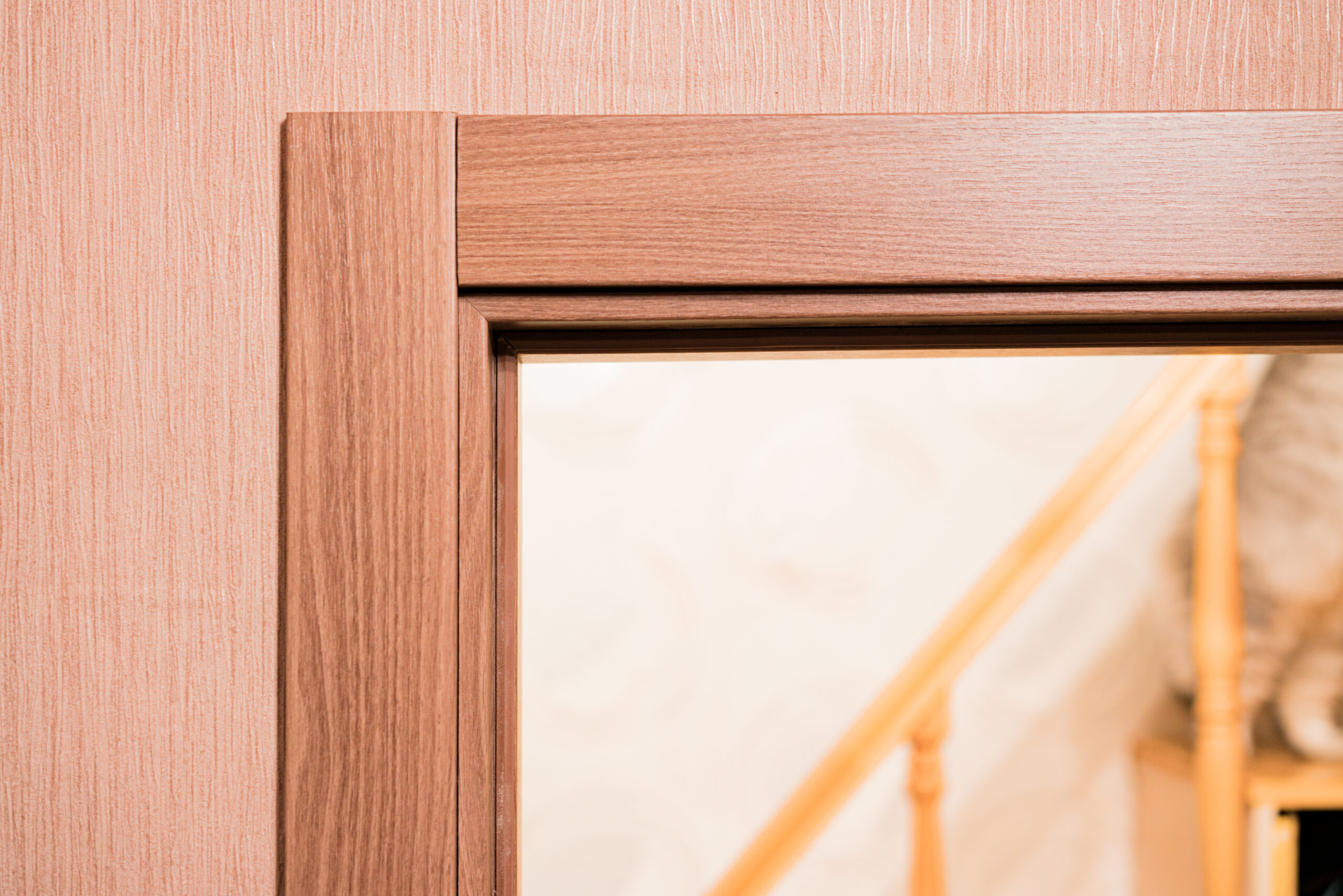Architraves
(12 Products)An architrave is a decorative moulding that frames the area around a door or window opening. It serves as a transition between the wall and the door or window, providing a finishing touch to the architectural elements of a room. These "fashion-forward" mouldings add flair and finesse to the often overlooked edges of doors and windows, elevating them from ordinary to extraordinary. Whether you want to create a grand entrance with ornate Victorian architraves, add a touch of elegance with sleek modern lines, or embrace the simplicity of Craftsman style, architraves are your conductor's baton to transform your doors and windows into stunning focal points.
What Are Architraves?
Architraves are an architectural feature that refers to decorative interior moulding or trim that surrounds the area around a door or window opening.
With their roots in ancient architecture, architraves have been gracing homes for centuries with their timeless charm; the origin of their use dates as far back as ancient Egyptian and Greek times!
Today, they continue to be a popular design element, with various styles and materials available to suit different architectural movements and interior design styles.
Aside from their aesthetic function, architraves also serve practical purposes. They can protect the edges of doors and windows from everyday wear and tear, conceal gaps or rough edges between the door or window frame and the wall, and enhance the overall design of a space.
Let's look further into their practical purposes below.
Functions of Architraves
Architraves serve both functional and aesthetic purposes in interior design and architecture. Let's explore some of their key functions and many benefits:
- Framing: One of the primary functions of an architrave is to frame the area around a door or window opening. It acts as a border that defines the transition between the wall and the door or window, creating a visually pleasing and cohesive look.
- Protection: Architraves also provide protection to the edges of doors and windows, helping to prevent damage from everyday wear and tear. They can protect the vulnerable corners of doors and windows from chipping, cracking, or splintering, extending their lifespan.
- Concealment: Architraves can be used to conceal gaps or rough edges between doorways or window frames and the wall, giving a polished and refined appearance to the overall interior design.
- Style and Design: Architraves are an essential element of interior design, allowing for creativity and personalisation. They come in various styles, sizes, and profiles, offering an opportunity to enhance the aesthetic appeal of a room and complement the overall architectural style of a space.
Different Architrave Designs
From classical to modern, Victorian to Craftsman, there's an architrave style for every design aficionado.
Let's break down the most popular architrave styles below:
- Chamfer: A sleek and minimalist design, characterised by a single angled edge that slopes down to a flat, straight surface at the bottom of the architrave.
- Bullnose/Pencil-round: A clean-lined style, featuring a smooth rounded edge at the top front of the architrave, accompanied by a flat face.
- Ogee: A decorative profile that boasts an angled edge that gracefully graduates into a sweeping curve, with a flat face at the bottom of the architrave.
- Torus: This profile boasts a semi-circular round at the top front of the architrave, with some designs featuring an indent below the curve while others gradually transition into a flat face.
- Ovolo: An elegantly curved arc at the top front of the face that tapers back towards the wall, defines this profile.
Although it is possible to install a different architrave on your doorway, many customers prefer to have matching skirting boards and architrave to achieve a uniform design throughout the interior.
Navigate our skirting board and architrave homepage to find architraves and matching skirting at competitive prices.
We stock a huge range of skirting boards and architrave products, from MDF Architrave and Ogee Architrave to Chamfered Skirting Board, in a variety of styles and profiles. For related categories please navigate via the headers at the top of the page.
Frequently Asked Architraves Questions
What Is The Difference Between a Door Frame & a Door Architrave?
The main difference between a door frame and a door architrave is their function and placement in relation to a door.
A door frame is the structural framework that surrounds a door and provides support for the door itself. It consists of vertical jambs, a horizontal head, and often a threshold at the bottom.
The door frame is essential for the proper installation and operation of a door, as it provides stability, structural integrity, and a means for attaching the door to the wall.
On the other hand, a door architrave, also known as a door casing or door trim, is a decorative moulding that is used to frame the area around a door opening. It is installed on top of the door frame and covers the joint between the door frame and the surrounding wall.
What Is A Primed Architrave?
A primed architrave refers to an architrave that has been pre-coated with a primer or base coat of paint. Primed products tend to receive two coats of good quality primer/basecoat.
Primed finish architraves are commonly available in the market and are designed to save time and effort during installation and painting.
What's more, the priming coats on pre-primed architraves act as a protective layer, helping to seal the surface and protect the architrave from moisture, dust, and other environmental factors. This can enhance the durability and longevity of the architrave, making it more resistant to wear and tear over time.
Can I Paint or Stain Architraves?
Yes, architraves can be painted or stained to match the colour scheme of your room. Wood architraves, in particular, can be easily painted or stained to achieve the desired finish.
It's recommended to use appropriate primers and paints/stains for the material of your architraves and follow proper painting or staining techniques for best results.
Can I Install Architraves Myself or Do I Need Professional Help?
Installation of architraves can be a DIY project for those with basic carpentry skills and experience. However, it's important to have proper measurements, tools, and knowledge of the installation process.
If you're not confident in your skills, it's recommended to seek professional help to ensure proper installation and a polished finish.




















